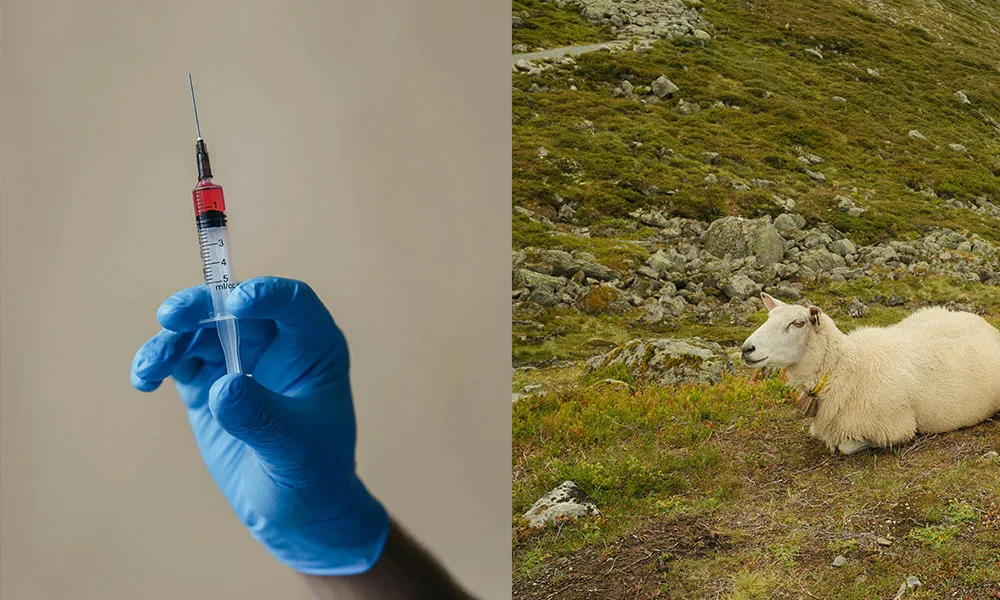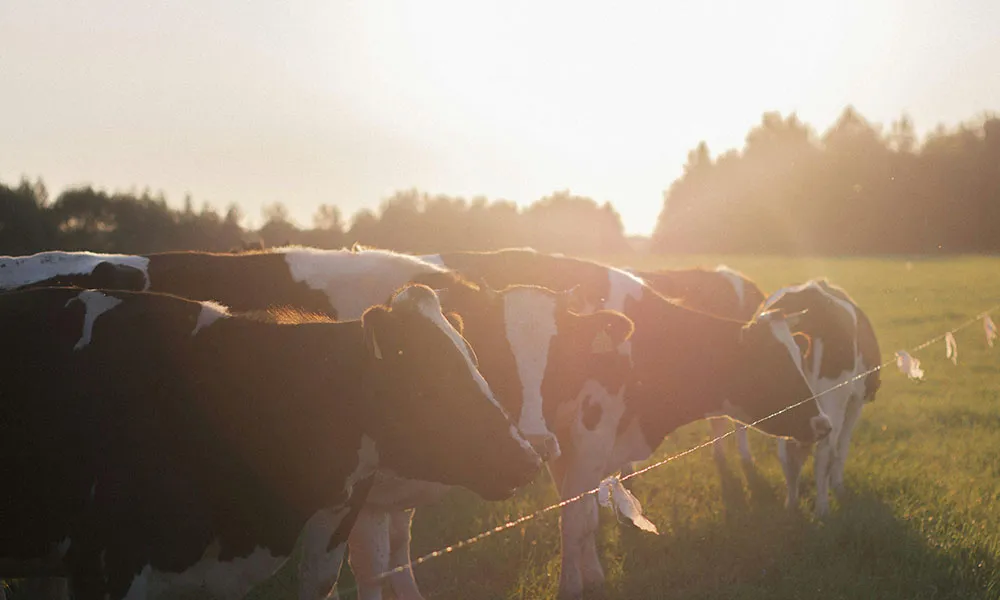
Sleepless nights ahead
As farmers, we like to joke about the exhaustion we experience at this time of year. And with good reason. With calving season well underway, many of us won’t expect a full night of sleep for a few weeks at least.
No excuses when it comes to health and safety
But we should also be mindful to observe good safety practices when dealing with cows before, during and immediately after calving. About a fifth of Irish farm accidents are livestock related, with a majority of these relating to cattle. It is in a cow’s nature to feel defensive about the welfare of her new born calf, and she will attack anyone or anything that she feels is a threat to it.
Facilities are key
This is why it is very important that we have the right facilities in place for managing cows during and after they give birth. Good calving facilities will help to offset potential risks to both human and animal welfare. For example, make sure that you have functional calving gates and a working calving jack before the first cow is showing signs of calving.
Calving pen
Ideally, your calving pen should be disinfected before each use, provide adequate space and lighting and contain plenty of clean straw for bedding. The pen should be set up in a way that allows you to observe the animal. You shouldn’t have to enter the pen to note the progress of the labour.
Perhaps more importantly, gates should allow you access to both sides of the animal as well as a fast escape route from the pen if and when you need to handle the cow directly.
Clear floor space
Make sure that there is nothing on the floor of the pen that you could trip on as you leave and enter the pen. This may seem an obvious point, but it is not uncommon for serious accidents to happen in this way.
Mind your back
Don’t forget, either, that back injury is very common among farmers at this time of year. The physical nature of our work, and especially the amount of time we spend in a tractor seat, means that our backs are very vulnerable to strain.
Therefore, you should try to avoid direct heavy lifting or strenuous pulling. Aside from employing a non-slip calving jack to aid with pulling, consider the use of a mechanical lifting pulley if required during the labour.
Loading and unloading
Taking into account that cows are particularly flighty at calving time, it is important that we consider how animals will be loaded and unloaded. Serious accidents can be avoided by using a good loading ramp. A functional ramp should have strong, working gates.
Always exercise caution when opening and closing ramp gates. Make sure that animals are clearly loaded before attempting to close the gate, and seek assistance if the gate is heavy.
Wearing protective clothing
And, on a final note, always remember to wear appropriate clothing when preparing to deliver calves or handle new borns. It is very important that you wear armlength gloves, protective clothing and clean boots. Some common infections present at calving can be contracted by humans and are very dangerous, so it is important that we try to avoid them. Make sure that armlength gloves are disposed of safely after use.
Do not leave them lying around the farmyard!











